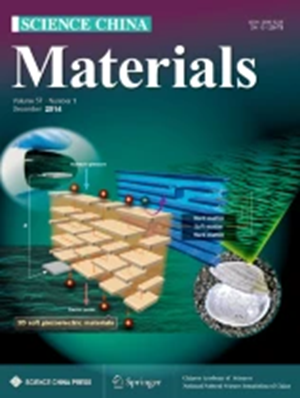Hierarchical-porous V-MOF cathodes enabling high-performance aqueous zinc-ion hybrid batteries
Abstract
Rechargeable aqueous zinc-ion batteries have emerged as promising candidates for grid-scale energy storage, owing to their inherent safety, cost-effectiveness, and stability. However, the development of advanced cathodes that integrate suitable redox-active metal centers, robust structural resilience, and hierarchical architectures to facilitate rapid ion diffusion remains challenging. This study presents a hierarchically porous vanadium-based metal-organic framework (h-V-MOF) as a multifunctional cathode material that synergistically combines superior electrolyte affinity, reversible structural evolution during cycling, and maximized vanadium redox accessibility. The engineered h-V-MOF cathode demonstrates exceptional Zn2+ storage performance, delivering a remarkable specific capacity of 304.1 mAh g−1 and excellent long-term cyclability with 92.3% capacity retention after 2000 cycles at 5.0 A g−1. Mechanistic investigations reveal a unique battery-supercapacitor hybrid storage behavior, where the hierarchical porosity enables efficient ion adsorption for electric double-layer capacitance and stable redox-driven Zn2+ insertion/extraction. This hybrid energy storage mechanism, coupled with the material’s ultrahigh specific surface area (1162.5 m2 g−1), significantly enhances charge storage density. Our findings not only advance the fundamental understanding of MOF-based energy storage systems but also establish a universal design paradigm for developing multifunctional electrodes for next-generation hybrid energy devices.

 求助内容:
求助内容: 应助结果提醒方式:
应助结果提醒方式:


